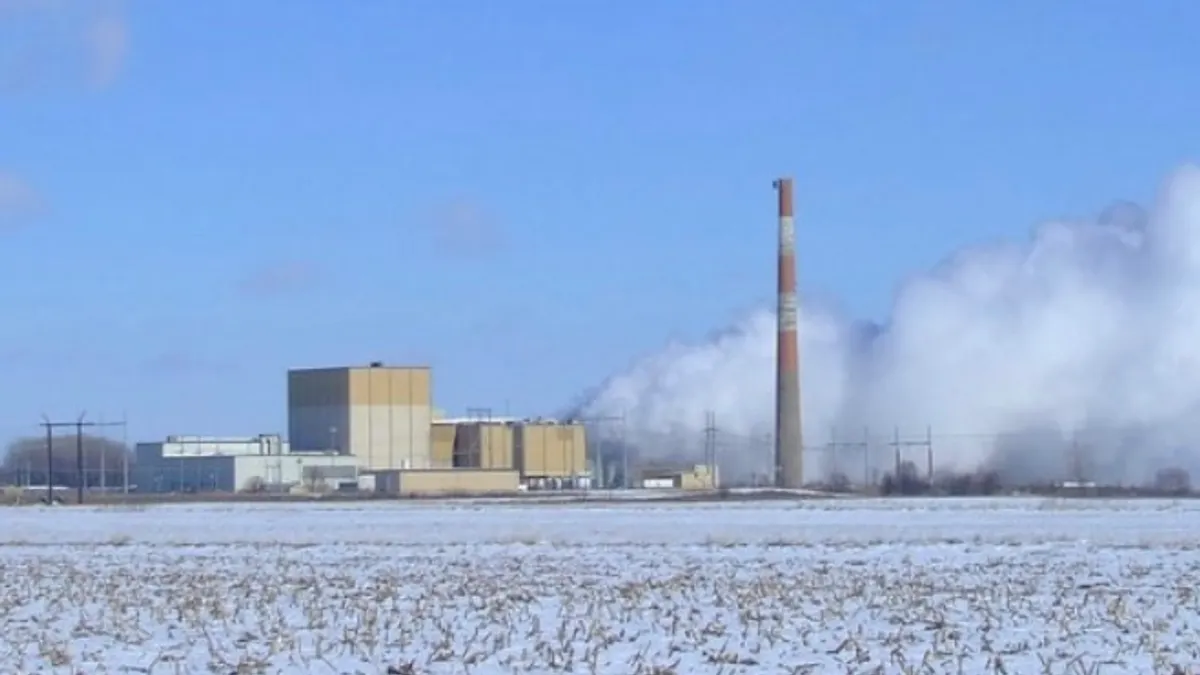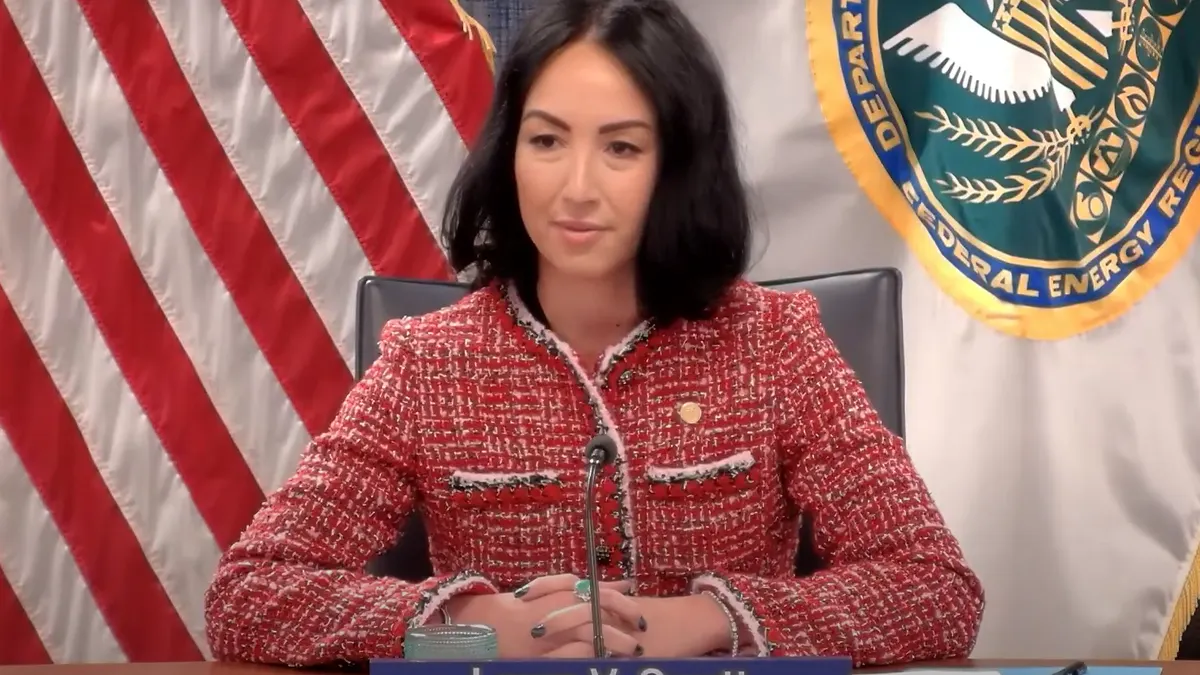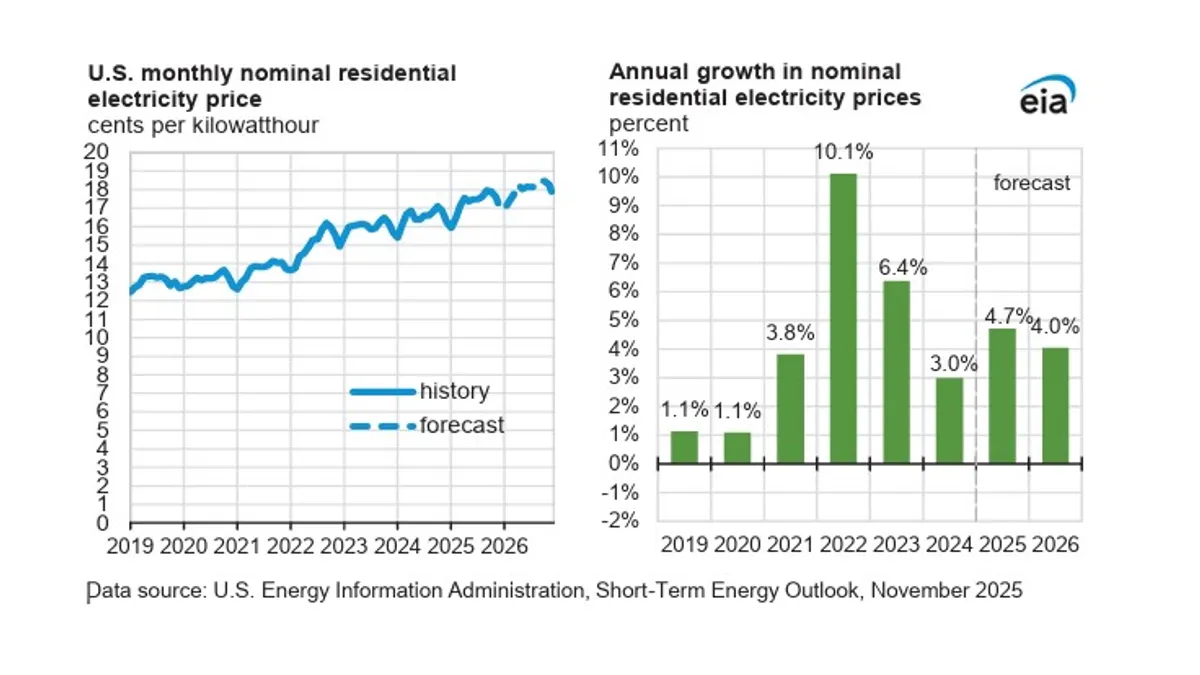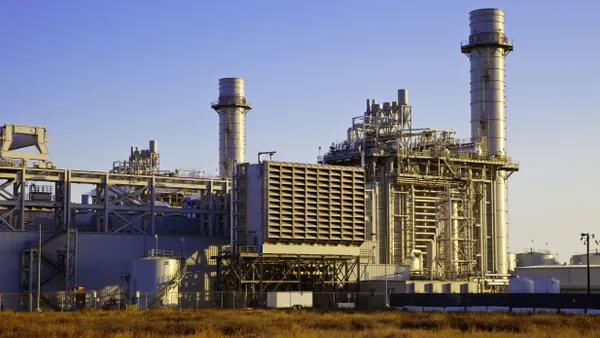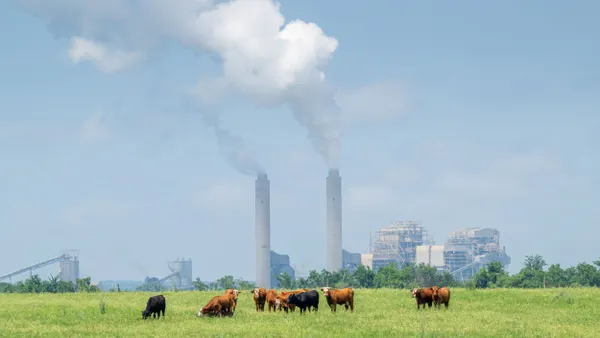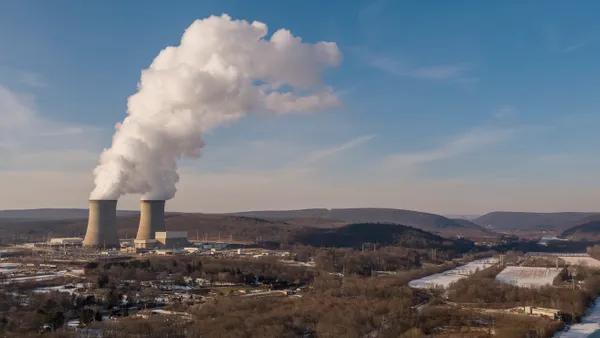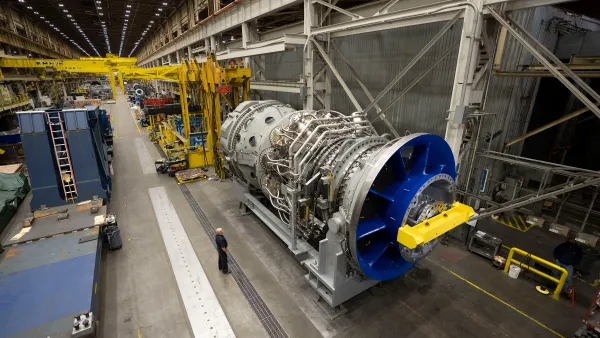Dive Brief:
- Google and NextEra Energy will collaborate to restart the 600-MW Duane Arnold Energy Center in Iowa as part of a larger partnership aimed at accelerating nuclear deployment across the U.S., the two companies said Monday.
- On Friday, Santee Cooper revealed it has signed a letter of intent regarding the potential sale of two unfinished reactors at the abandoned V.C. Summer project in South Carolina to Brookfield Asset Management. The 2.2-GW project was mothballed in 2017 following delays and cost overruns.
- The reexamination of retired or canceled nuclear projects comes as the U.S. is desperate for power resources to support artificial intelligence and other demand centers. New resources may have some market advantages over existing generators, and the recent deals are a “positive” for the sector, according to equity analysts at Jefferies.
Dive Insight:
The U.S. Department of Energy last week directed the Federal Energy Regulatory Commission to initiate rulemaking to accelerate large loads interconnecting to the nation’s electric grid.
While the DOE’s action is broadly seen as designed to speed the interconnection of AI and data center loads, Jefferies analyst Julien Dumoulin-Smith said the market may have overlooked the proposed rule’s recommendation that existing generators co-locating with new loads 20 MW or higher be required to undertake a reliability review.
“The generator could not serve new load until necessary transmission upgrades are completed, at the generators expense,” Dumoulin-Smith wrote in a Monday note about the DOE letter and new nuclear deals. “We see the letter as all but ensuring the market will prefer front-of-the meter deployments, with preferential treatment clearly emphasized for those bringing new supply.”
In South Carolina, Jefferies sees Brookfield going “all-in on new nuclear.” It said “Brookfield's participation in nuclear is bullish for new nuclear companies broadly.”
Proposed in 2008, the V.C. Summer expansion was supposed to cost less than $12 billion. Owners SCANA and Santee Cooper abandoned the project in 2017 after concluding that completing construction would take years and costs could spiral to $25 billion.
However, Santee Cooper has maintained equipment at the site over the past eight years, utility president and CEO Jimmy Staton said in a statement.
“The state of the units, and the fact that they use the same Westinghouse AP1000 technology that is now operating in Georgia and overseas, make these assets very attractive to the nuclear power industry,” Staton said.
Santee Cooper launched a competitive bidding process in January. It received initial expressions of interest from over 70 potential bidders and 15 formal proposals. The letter of intent with Brookfield establishes a six-week initial project feasibility period during which the parties will select a project manager and evaluate construction providers to resume construction of the two nuclear units.
“The six weeks also would allow for advanced discussions with entities interested in buying nuclear power generated by the units and facilitate additional due diligence, leading to execution of a Memorandum of Understanding,” Santee Cooper said.
In Iowa, Google and NextEra say they expect Duane Arnold to be back online in early 2029.
“Restarting a once fully operational plant is the fastest path to unlock large-scale nuclear power to meet AI growth in the near-term,” the internet giant said in a news release.
The Federal Energy Regulatory Commission in August approved a waiver request that will allow NextEra to restart the facility. NextEra shuttered the plant in 2020 because of challenging economic conditions.
"Our partnership with Google not only brings nuclear energy back to Iowa — it also accelerates the development of next-generation nuclear technology,” NextEra Chairman and President John Ketchum said in a statement.
Demand growth from data centers, industry and electrification is driving a utilities to reconsider older generating facilities. The Palisades plant in Covert Township, Michigan, in August became the first decommissioned U.S. nuclear plant to officially transition to “operations” status.



